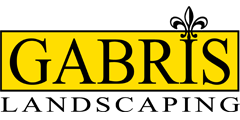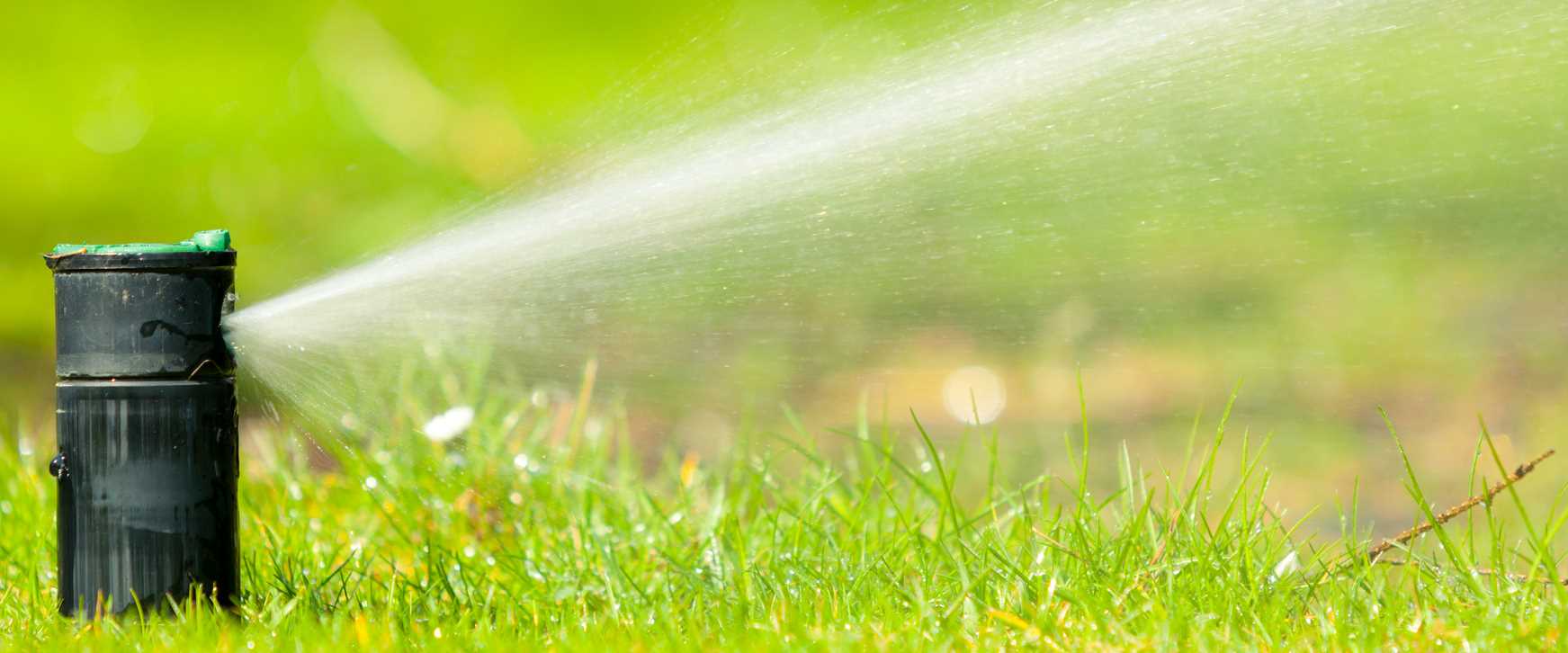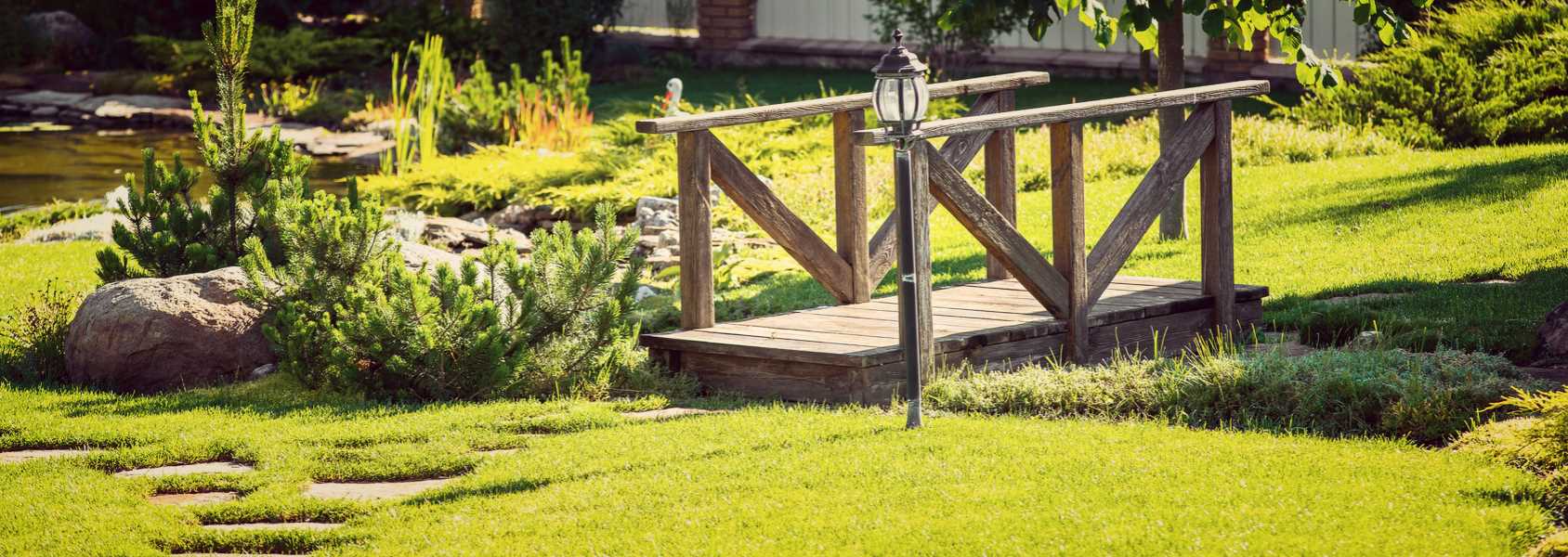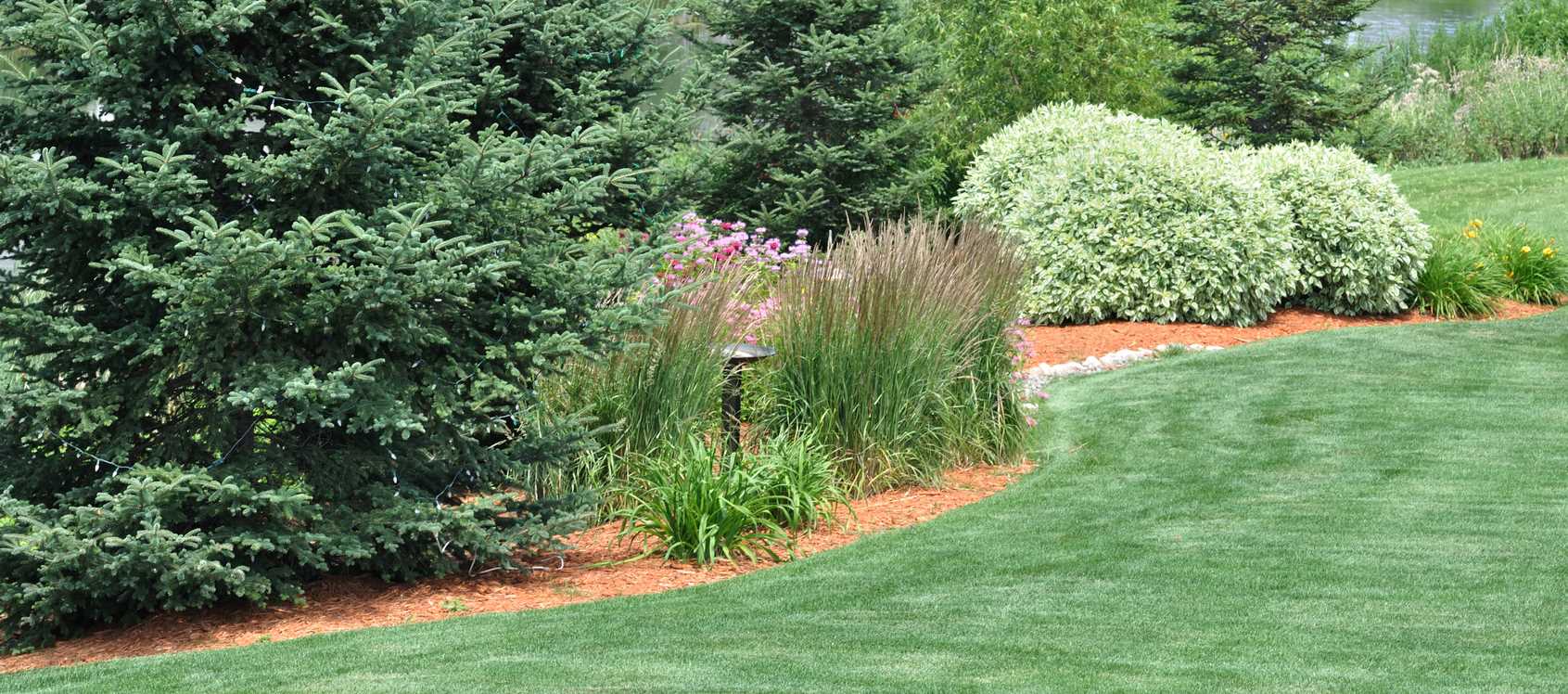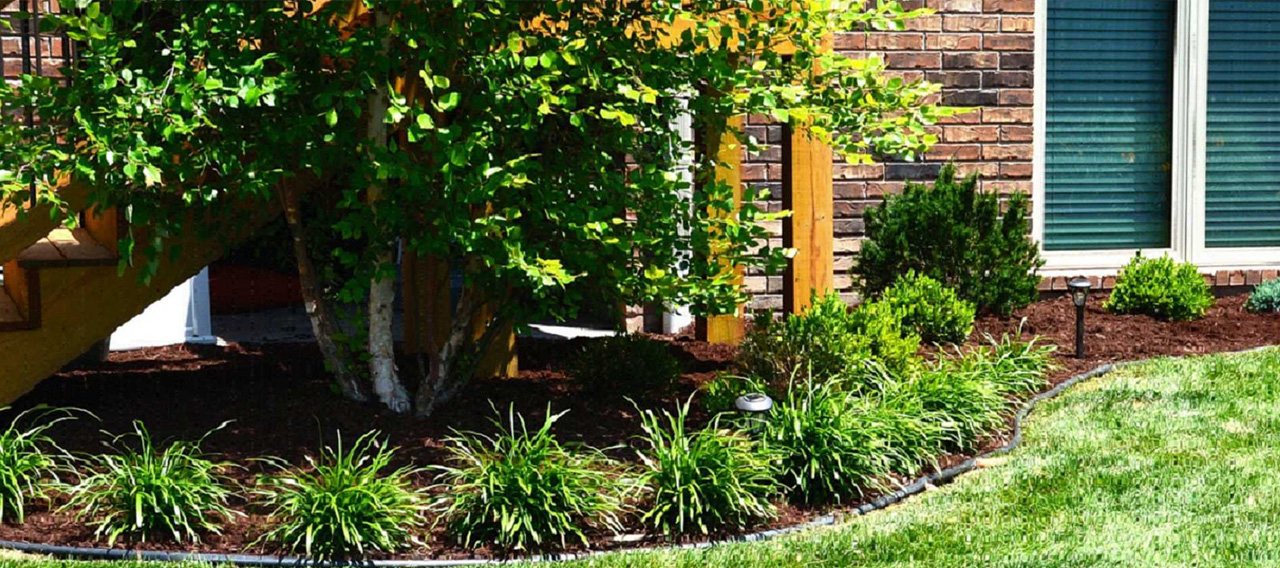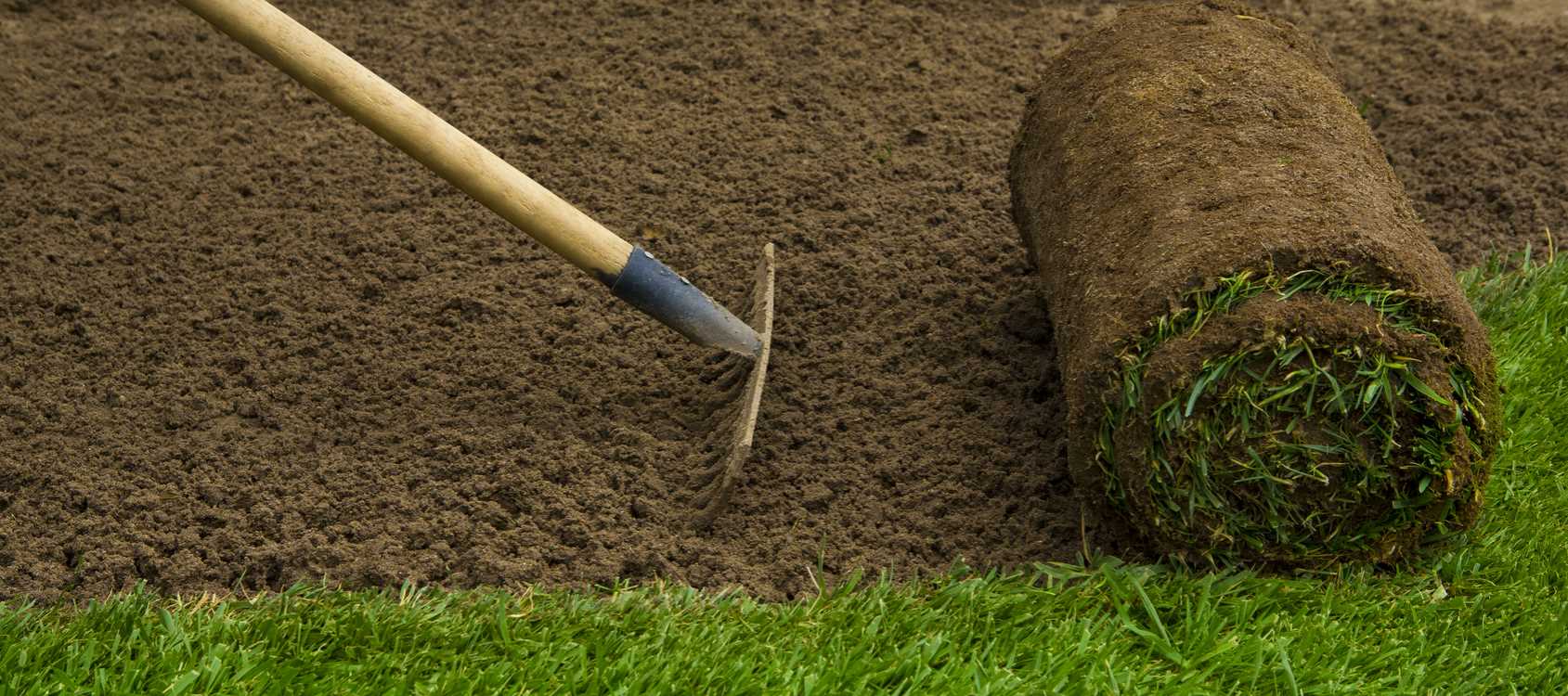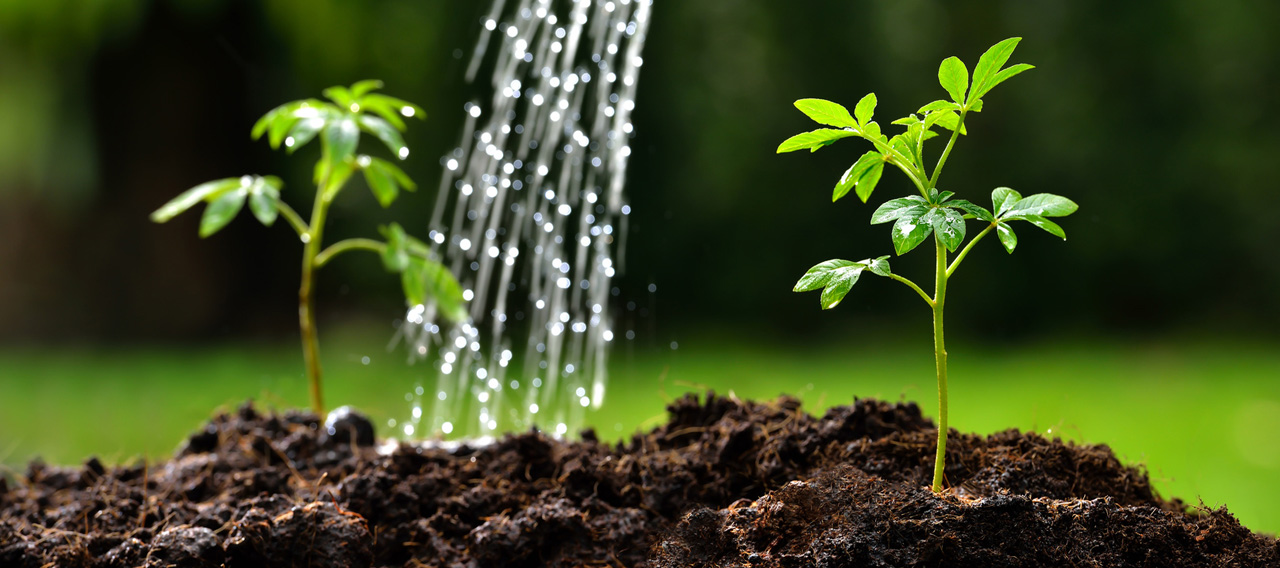Troubleshooting for Irrigation
Click Here To Download Troubleshooting for Irrigation
Troubleshooting for Irrigation
The best way to troubleshoot electrical system problems within an irrigation system is with a step-by-step approach. The method detailed below isolates and checks each of the irrigation components: the controller, zone control valves and the wiring that connects it all together.
Step 1: Check the Obvious
Before launching a thorough system diagnosis, don’t forget to check the obvious. Is the system water supply on? Are there isolation valves at the backflow preventer, pump station or in the mainline that are preventing water from flowing? Has the flow control on the valve been turned all of the way off? Reviewing these factors up front can save time and effort.
Step 2: Make Sure You Don’t Have a Programming Error
If the zone operates fine manually using the controller’s manual mode, but does not operate automatically, this usually indicates a programming error rather than an electrical problem. Review the controller’s programming guide and look for data entry mistakes.
Step 3: Know How to Use a Volt ohm Meter
An inexpensive volt ohm meter will be your most valuable tool and a required component for successful electrical trouble shooting. Volt ohm meters can be purchased in the electrical supplies section of a local hardware store, electronics shop (like Radio Shack) or your local irrigation equipment supplier. Modern digital meters are more reliable and provide an easy to read display that can give precise quantitative feedback of the system symptoms.
Step 4: Is the Controller Operational?
After these preliminary steps, you’re now ready to check the controller itself. A blank LCD display, or failure to respond to keyboard entries, could indicate a lack of power to the unit or other damage. Begin by using your volt ohm meter to take a voltage reading of the primary incoming power, to the controller. It should read somewhere between 110 to 125 volts. If it doesn’t, you’ve found your problem. But, it’s seldom that easy. In some cases, you’ll notice that the display of the controller is scrambled, missing LED segments or the entire unit is “frozen” preventing buttons or dials from entering data. This is a symptom of “micro processor lock up,” where the primary brain of the controller has become confused with bad data from electrical surges or other causes. This can often be cleared by re setting the device. Reset the controller by either disconnecting all electrical and battery power from the unit for several minutes, or by pressing a “reset” button which clears the memory of the processor and reboots the system.
Step 5: Check for a Tripped Breaker or Blown Fuse
If the controller passes these tests, next check the station output of the controller to the valves that control the area that is not being irrigated. Again using the volt ohm meter, you can check to see if the output terminals indicate the 24 volts needed to open a standard solenoid. If you do not get a reading here, you should check for a blown fuse or tripped circuit breaker within the controller. Also check the output of the transformer in the controller to make sure that it is outputting correct voltage. A blown fuse or tripped circuit breaker in most controllers indicates an overload condition in the field not a problem with the controller. If one of these conditions is present, you can certainly replace the fuse or reset the circuit breaker, however this will not solve the root cause of the problem with either the field wiring or valve solenoid.
If you are fortunate to have a top of the line controller, you may have the benefit of a more modern feature called “automatic short circuit detection” which is a specialized self diagnostic system within the controller itself. This handy feature allows the controller to identify a zone that has a fault in the field wire or valve and skip over the affected zone, eliminating a blown fuse. The best part of this feature is that the controller will digitally display a message that says: “Station 3 Error” to assist with locating the valve or field wire problem.
Step 6: Check Field Wiring
If the controller, transformer and station outputs all work properly, the next place to check is the field wiring. And this happens to be the most common place where unforeseen problems can occur.
Use the volt ohm meter and perform an “ohm test” on a specific zone circuit (common wire plus station wire), with the controller power turned off. At this point, you will want to be certain the volt ohm meter is set to the correct resistance setting so that the unit provides accurate and measurable feedback. Make sure to disconnect the wires you are testing from the controller terminal block so that your reading is specific to the wires in the field, and not mixed up with feedback through the circuits of the controller. The “ohm test” will send a pulse of current from the battery in the volt meter through the circuit. A normal reading is 20 to 60 ohms.
If the circuit has a “short,” meaning the current is taking a shortcut back to the controller, the reading may be as low as 1 to 10 ohms. If the circuit is completely broken, you will get an infinity reading, meaning there is no clear path for the electricity to flow back through the circuit and to the volt ohm meter.
A reading of a high number, but not infinity, would indicate that there is still an intact circuit, but there is a high amount of resistance in the circuit that is keeping current from flowing efficiently enough to activate a solenoid valve. This is a common symptom of a bad electrical connection, usually an underground splice that was not properly waterproofed.
Test each circuit from the controller and you will notice a pattern. The good circuits will have similar readings and the bad circuit will stand out from the others. This gives you confidence in the process and helps you work specifically to the final step of checking the valve solenoid.
Step 7: Check the Valve Solenoid
The final step in a systematic approach is to decide whether diagnosed problems in the field wiring are related to the wiring and splices, or to the specific solenoid on the valve. At this point, you will move to the actual location of the valve in the field and cut into the wires leading into the solenoid to take an ohm reading of the solenoid’s resistance. Typically, if the solenoid is bad, you will get a reading for a “short” or 1 to 10 ohms. (There is no need to test voltage at the valve since you have already “ohm tested” each circuit at the controller so you know which zones have problems.)
How To Sharpen Your Trouble Shooting Skills
Electrical trouble shooting an irrigation control system using this step by process takes time to learn, and requires a willingness to try multiple approaches before finding the solution to your problem. Many irrigation manufacturers and distributors offer training classes on electrical trouble shooting that will give you an opportunity to get hands on experience with this process.
A few hours in an irrigation trouble shooting course can provide valuable training for that hot summer day when you face stressed turf – and a system that will not operate!
